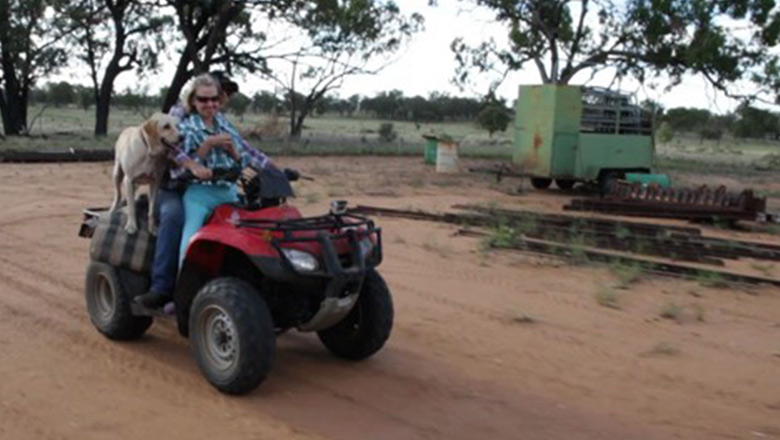Search
Rett syndrome is a rare but serious neurological disorder that affects about 1 in 9,000 girls. Even more rarely, boys may be affected.
We also wanted to find out whether any particular behaviours were associated with any specific mutation types.
We compared parent/carer-reported physical activities with the number of steps counted by an accelerometer in girls and women with Rett syndrome.
We wanted to find out whether mothers with a child with Rett syndrome who were more physically and mentally healthy had particular characteristics.
This study evaluated sixty-one families' satisfaction following spinal fusion in girls with Rett syndrome.

Staying physically active is an important part of a healthy lifestyle. ActiveRett is a dedicated resource for helping families support their child with Rett syndrome to keep active.

Each family needs to select the appropriate types and levels of activity that suit their own individual needs and circumstances.
Through InterRett we collect information on individuals with Rett syndrome on a global level. If you are a participant you can complete your questionnaire here.

News & Events
High Tea for Rett Syndome at Caversham HouseThanks for everyone who have contributed to and participated in this wonderful event to raise much needed funds to support Rett Syndrome research!

News & Events
The Silent AngelTaylor is a remarkable young woman with Rett Syndrome who is leading an active country life with the support of her family and the local community.
